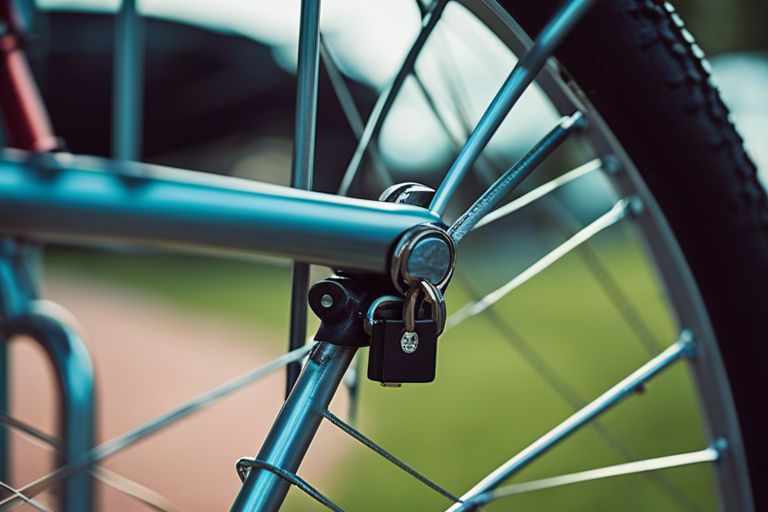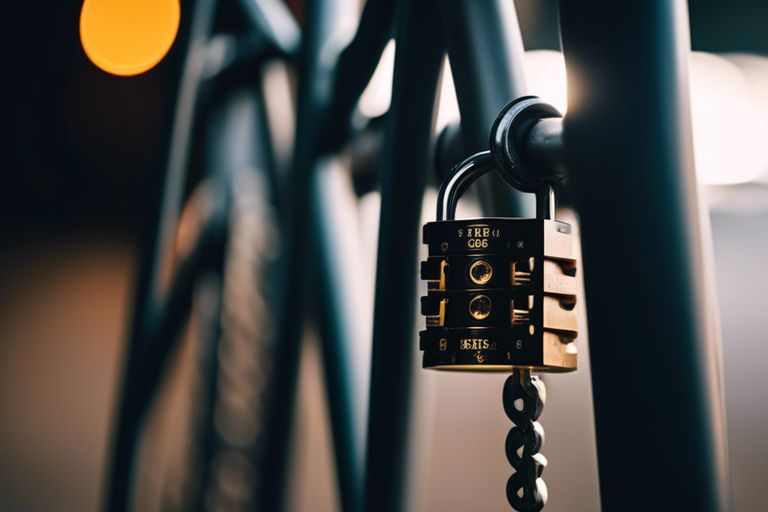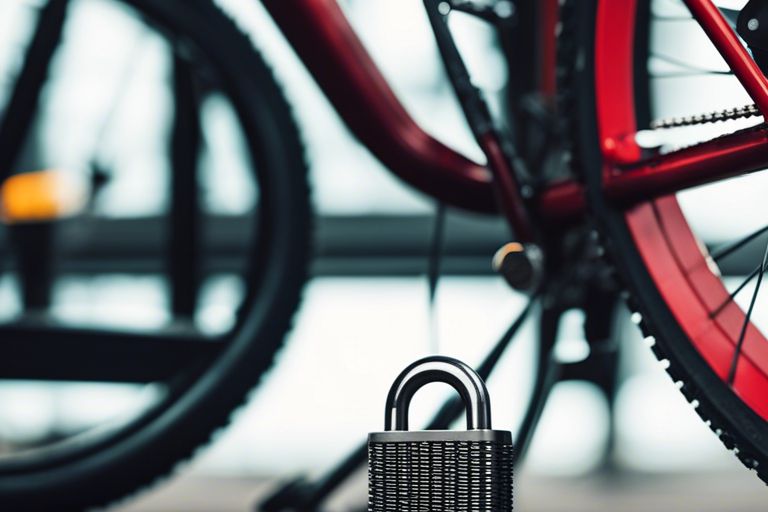It’s crucial for bike owners to invest in reliable security measures to protect their valuable assets. Combination locks are a popular choice for many cyclists due to their convenience and ease of use. However, when it comes to preventing bike theft, are combination locks truly effective? In this blog post, we will explore the effectiveness of combination locks in deterring thieves and keeping your bike safe.
Key Takeaways:
- Combination locks offer a basic level of security: Combination locks provide a deterrent to opportunistic thieves, but may not be sufficient to prevent determined thieves.
- Properly securing your bike is crucial: Even with a combination lock, it’s important to secure your bike to a sturdy object and through the frame and wheels to minimize the risk of theft.
- Consider using additional security measures: To enhance bike security, consider using multiple locks, such as a combination lock along with a U-lock, and investing in GPS trackers or bike alarms.
Understanding Combination Locks
Mechanism of Combination Locks
The mechanism of combination locks is relatively simple. These locks require a specific sequence of numbers or symbols to be entered to unlock them. Typically, combination locks have a dial or digital pad with numbers that the user must align in the correct order to open the lock.
Types of Combination Locks
There are two main types of combination locks: dial-based and digital. Dial-based locks have a rotating dial that users turn to enter the combination, while digital locks require users to input the correct code using a keypad. The effectiveness of combination locks in preventing bike theft largely depends on the quality of the lock and the complexity of the combination.
| Locks | Description |
|---|---|
| Dial-based Combination Locks | Require users to align numbers on a rotating dial to open the lock |
| Digital Combination Locks | Require users to input a specific code using a keypad to unlock |
For instance, dial-based combination locks are more susceptible to being picked due to the tactile feedback provided when turning the dial. Digital locks, on the other hand, may be vulnerable to hacking or electronic manipulation. It’s important to choose a combination lock that offers a high level of security to effectively prevent bike theft.
- The complexity of the combination plays a crucial role in the security of the lock
- Regularly changing the combination can enhance the security of the lock
- Choose a combination lock made of durable materials to prevent physical tampering
- Consider additional features such as anti-theft alarms or reinforced shackles for added security
- Combination locks are a convenient option for securing your bike, but their effectiveness relies on proper use and maintenance

Assessing the Effectiveness of Combination Locks
One Product Review: Prevent bike theft with these locks (and bits of advice)
Strengths of Combination Locks in Theft Prevention
For those looking for a convenient and easy-to-use bike security option, combination locks offer a practical solution. They eliminate the need to carry around keys and can be easily reset to change the code, providing flexibility for the user. Combination locks are also durable and resistant to harsh weather conditions, ensuring long-lasting protection for your bike.
Limitations and Vulnerabilities
Locks
With the convenience of combination locks also come some limitations. One of the key vulnerabilities of combination locks is the potential for thieves to decipher the code through trial and error or observation. Additionally, some lower-quality combination locks may be susceptible to picking or brute force attacks, compromising the security of your bike. It’s imperative to choose a high-quality, well-constructed combination lock to minimize these risks effectively.

Alternatives and Complementary Security Measures
Additional Locking Devices
The addition of extra locking devices can provide an additional layer of security for your bike. Cable locks, U-locks, and chains are popular choices. These can be used in conjunction with a combination lock for added protection.
Strategic Locking Techniques
Measures such as locking your bike in a well-lit area, using designated bike racks, and ensuring the lock is secured through the frame and wheels can help deter thieves. Strategic positioning of the lock can also make it more difficult for thieves to tamper with it.
Strategic locking techniques involve securing your bike in a way that makes it less vulnerable to theft. This may include locking it to a fixed object that is difficult to move or break, as well as ensuring that the lock is positioned in a way that makes it harder for potential thieves to access and manipulate.

Improving Bike Security
Best Practices in Using Combination Locks
Many bike owners rely on combination locks to secure their bikes. The effectiveness of these locks largely depends on how they are used. The best practice is to choose a combination that is not easily guessable and to regularly change the code. Additionally, always secure the lock through the frame of the bike and a fixed object to prevent thieves from easily carrying it away.
Innovations and Technological Advances in Locks
Technological advancements in bike lock security have come a long way in recent years. From smart locks that can be controlled via smartphone apps to fingerprint recognition technology, there are now more secure options available to cyclists. These innovations provide added layers of security and convenience, making it harder for thieves to tamper with or break the lock.
Improving bike security involves staying informed about the latest advancements in lock technology and adopting best practices in using them. By combining the use of secure locks with proper lock placement and regular maintenance, bike owners can greatly reduce the risk of theft and enjoy more peace of mind when leaving their bikes unattended.
To wrap up
Summing up, combination locks are effective in preventing bike theft when used correctly and in conjunction with other security measures. They provide a convenient and reliable way to secure your bike in many situations. However, they are not foolproof and can still be compromised by determined thieves with the right tools and skills. To enhance the security of your bike, consider using combination locks in combination with other security measures such as bike registration, bike insurance, and secure parking areas. Remember that no lock can guarantee 100% protection, but using a combination lock can significantly reduce the risk of theft and provide peace of mind for bike owners.
FAQ
Q: How effective are combination locks in preventing bike theft?
A: Combination locks can be effective in preventing bike theft when used properly. They provide a level of security by requiring a specific code to unlock, making it harder for thieves to steal the bike. However, the effectiveness of a combination lock also depends on the quality of the lock and the strength of the code used.
Q: What are the advantages of using combination locks for bike security?
A: Combination locks are convenient to use as they eliminate the need for carrying keys. They are also versatile, allowing you to set your own unique code for added security. In addition, combination locks are generally more affordable than some other types of bike locks, making them a popular choice among cyclists.
Q: Are there any drawbacks to using combination locks for bike security?
A: While combination locks offer convenience and affordability, they may not provide the same level of security as more heavy-duty locks, such as u-locks or chain locks. Some combination locks can be vulnerable to being picked or manipulated by experienced thieves. It’s important to choose a high-quality combination lock and use it in conjunction with other security measures to maximize protection against bike theft.




